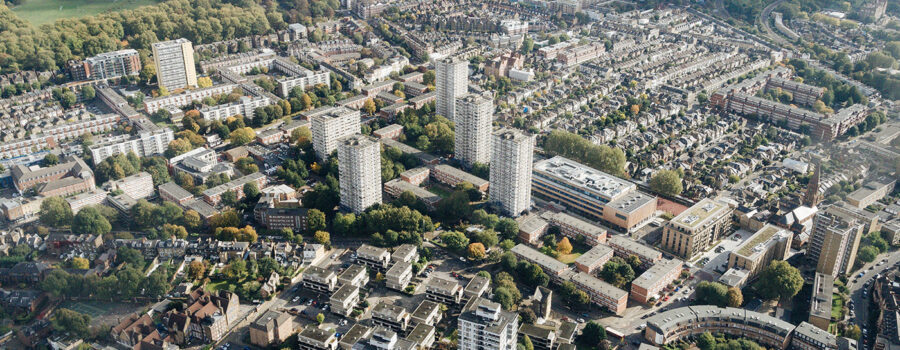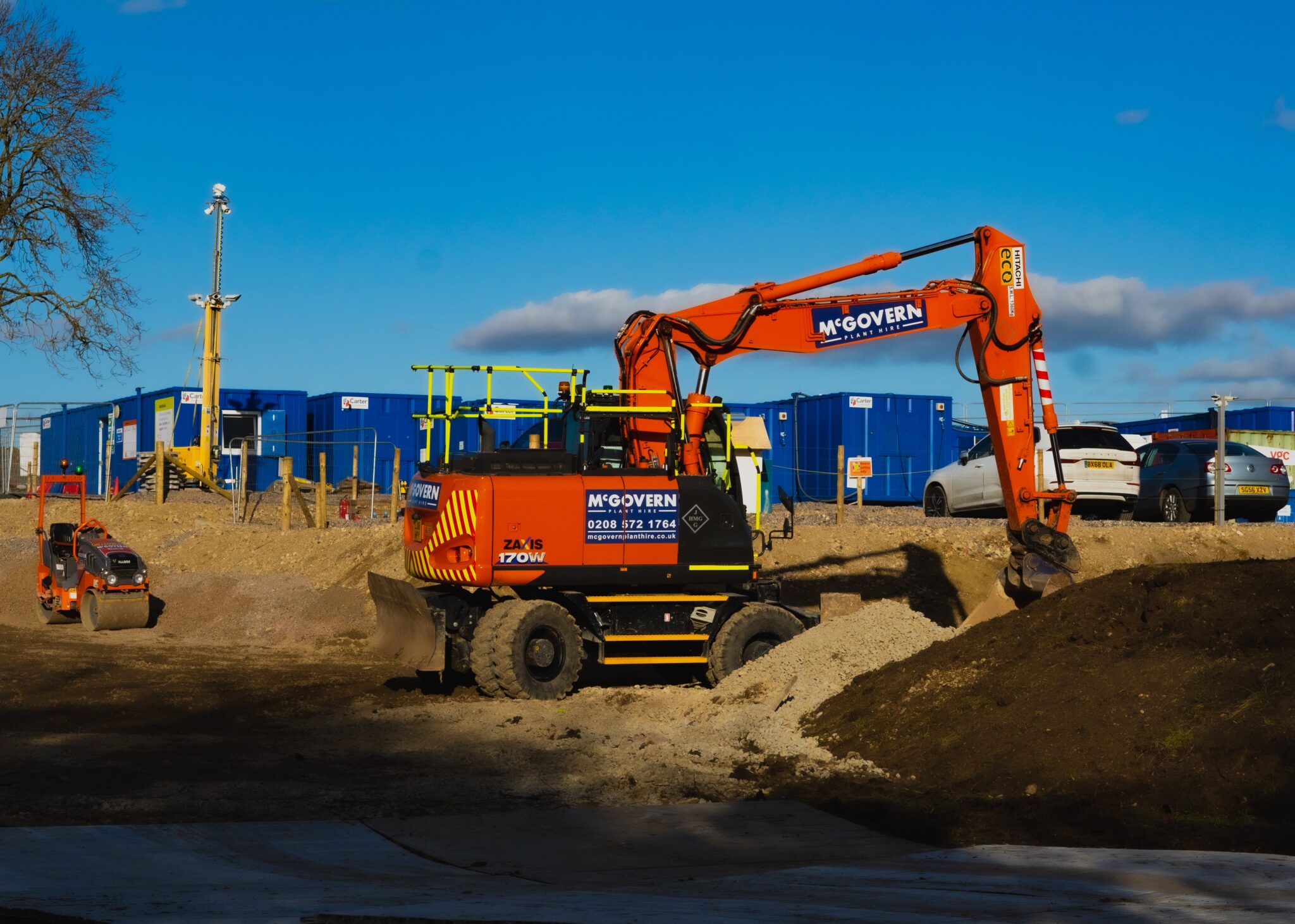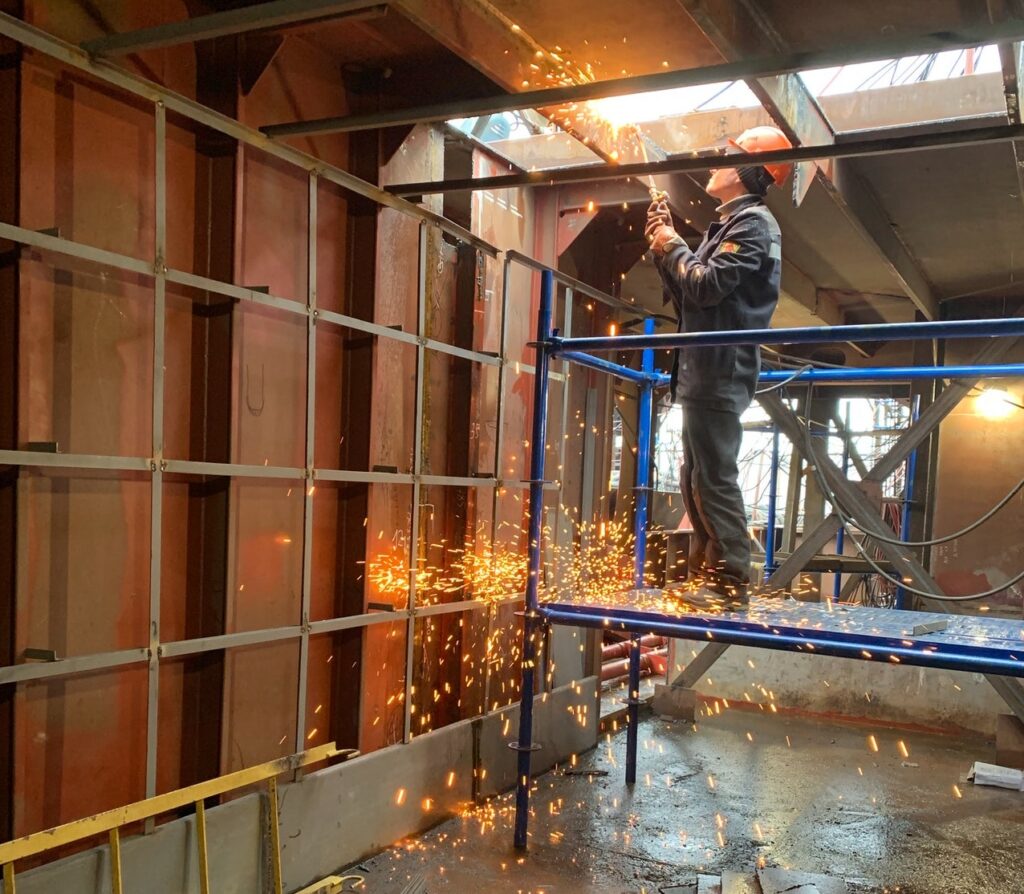
Demystifying the Zoning Variance: Use-Variance vs. Area-Variance
When you want to construct a home or develop a commercial building, you will first be tasked with taking the zoning ordinance into account with proper procedure and building permits. A zoning ordinance is a basic rule that defines exactly how a piece of property can be used. In most cases, zoning ordinances are separated by geographic zones.
One zone could be set aside for residential properties while another zone is set aside for commercial properties. Agricultural and industrial zones can also be made. Certain municipalities will use historic, airport, school, and hospital zones. Each zoning ordinance will have its own set of guidelines on how the land within the ordinance can be used, which means that you can’t necessarily construct a commercial building in a residential zone.
Even though zoning ordinances tend to be very strict, it’s possible to obtain a zoning variance, which would essentially make an exception to the zoning ordinance. If you want to construct a commercial building in a residential zone, you may be able to do so by obtaining a zoning variances. However, it’s difficult to obtain approval for a zoning variance, which is why it’s important to understand what this process entails before you send in an application.
There are different types of zoning variances for different uses. The type of variance you seek mainly depends on what you want to use the land for. The two common types of zoning variances include a use variance and an area variance. A use variance gives you the ability to use the land you own for means that have otherwise been restricted by the surrounding zoning ordinance.
An area variance allows you to use the land in a manner that doesn’t adhere to the physical and dimension requirements listed in a zoning ordinance. This article aims to demystify the zoning variance by delving into the different variance types and when they can be used.

What is a Zoning Variance?
A zoning variance provides you with the ability to use land and construct buildings for reasons that would typically be prohibited under the zoning ordinance for the area. Keep in mind that a zoning variance doesn’t actually change the ordinance and how the property is zoned. Instead, it provides an exception to the owner of the land.
Even though it’s possible to obtain a zoning variance, it’s rare for variances to be approved unless you can demonstrate that the current regulations are substantially restricting your ability to use your property. There are many reasons to consider applying for a zoning variance. If you want to apply for a use variance, you may need a zoning variance to construct a commercial building in a residential zone or an industrial building in a commercial zone.
On the other hand, an area variance may be necessary for making an addition to your home or when placing a fence on your property line. The benefits of obtaining a zoning variance is that you should be able to add value to your property and can use the land in the manner that you want without needing to find land in a different zone.

Explaining Use-variance
A use variance gives you permission to use your land for a purpose that is typically prohibited by the surrounding zoning ordinance. Since the variance provides you with the ability to use land for a purpose that might clash with the neighborhood or area, obtaining a use variance is only possible by adhering to specific conditions. You will also need to find a way to prove that your current zoning conditions have made a hardship for you.
When you need a Use-variance
There are several situations where a use variance may come in handy. These situations include:
- Performing industrial activities in a commercial district
- Performing commercial activities in a residential district
- Constructing multiple dwellings in an area that has been zoned specifically for single-family homes
Tips for Obtaining a Use-variance
In order to obtain a use variance, you must:
- Show that the variance will only affect your property and not the surrounding neighborhood or other properties
- Prove that the current zoning rules prevent you from obtaining a reasonable return on the property
- Prove that the hardship isn’t a self-created one
- Demonstrate that the variance won’t change the character of the area
To obtain a use variance, you must send in a written application to the local zoning board, which must be paired with a filing fee. Keep in mind that the zoning board will notify your neighbors of the variance application you’ve sent in. A hearing may also be held to determine if your variance should be allowed. It’s highly recommended that you speak with your neighbors before you send in your application to identify if they have any issues with what you wish to do with the land.
Before your zoning variance application is approved, it’s possible that you will need to attend a meeting with the city council or another local governing body for final review. If your application is approved, you can start altering your land in accordance with the variance. It’s highly recommended that you hire a permit expediter to assist you with this process. A professional permit expediter can help you navigate obstacles and reduce the amount of time it takes for a variance to be issued.

Explaining Area-variance
An area variance provides you with the ability to use your land for a reason that’s usually restricted based on the physical and dimension requirements that are detailed in the zoning ordinance that your property is located in. Area variances tend to be much easier to obtain in comparison to use variances. Most of the changes that can take place on a property with an area variance are considerably smaller than what can be done with a use variance, which makes it easier to prove that the surrounding neighborhood won’t be negatively affected.
When you need a Area-variance
There are numerous reasons why a property owner may want to apply for an area variance, the primary of which include:
- Building an addition or extension to your home
- Developing off-street parking that connects to your property
- Installing a fence on or around your property line
Tips for Obtaining an Area-variance
As mentioned previously, area variances are usually easier to obtain approval for in comparison to use variances, which means that the entire process shouldn’t take as long to complete. If you want your application to be approved, you’ll need to:
- Prove that the changes won’t negatively impact the environment in regards to traffic congestion, drainage, and noise
- Consider alternative methods that might be applicable if you’re unable to obtain a variance
- Prove that the changes won’t substantially impact the surrounding neighborhood
To ensure success on your first attempt, it’s important that you have all of the documentation and proof that you need for the variance to be approved. Along with the application, you must submit a filing fee, the amount of which can differ depending on the zoning board that the application is being sent to. Make sure that you know the exact zoning designation of your property before you apply.
If your property is situated in Los Angeles County, you can find all of the Los Angeles zoning forms you need to fill out under the “Variance” section. You should also take a look at the zoning permit checklist that’s available in this section. This checklist details every document and form you’ll need to provide along with the application. These documents include:
- An environmental assessment information form
- Proof of land ownership
- Certificate of Compliance
- Illustrative and technical drawings
- Site plans
- Architectural drawings
- Landscape plans
- Photographs
Even though area variances are approved more regularly than use variances, you should think about hiring a permit expediter to make sure that any challenges are properly resolved and that the process is completed in short order.
Conclusion: Use-variance vs. Area-variance
Zoning variances can be advantageous if you need to change the zone that your property is currently listed under or make changes that would otherwise be restricted with the current zoning ordinance. A zoning variance gives you an exception to the ordinance, which provides you with the means of making improvements and alterations that you believe are necessary for your property.
The two types of zoning variances at your disposal include use-variances and area-variances. If you would like to develop a commercial building in a residential zone or an industrial building in a commercial zone, you should apply for a use variance. On the other hand, an area variance is advantageous when you want to make a large extension to your home or add a fence around your property lines.
Since area variances don’t completely change how the land is being used, it should be simpler for you to gain approval for an area variance. Regardless of the type of variance you would like to apply for, you should consider hiring a permit expediter to help you navigate the entire process with relative ease.

Jason Somers, President & Founder of Crest Real Estate
With over 15 years of professional experience in the Los Angeles luxury real estate market, Jason Somers has the background, judgement and track record to provide an unparalleled level of real estate services. His widespread knowledge helps clients identify and acquire income producing properties and value-ad development opportunities.
Learn more about Jason Somers or contact us.



